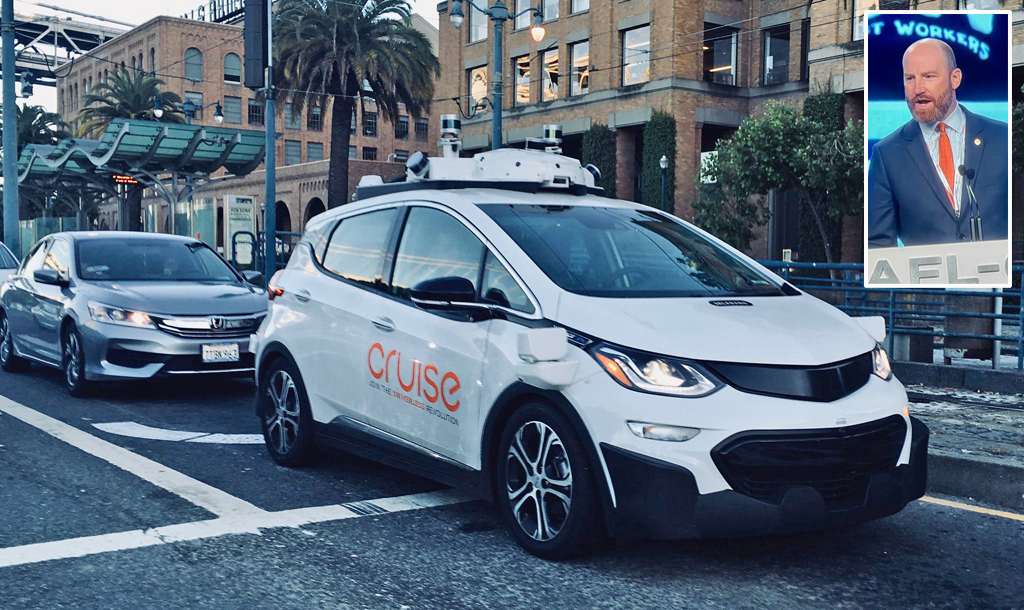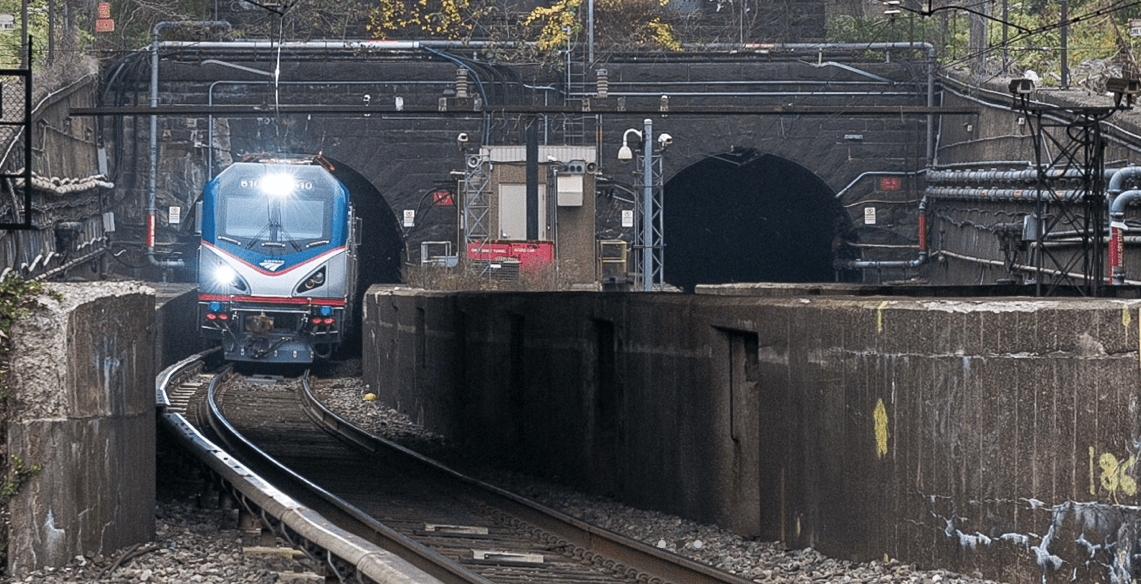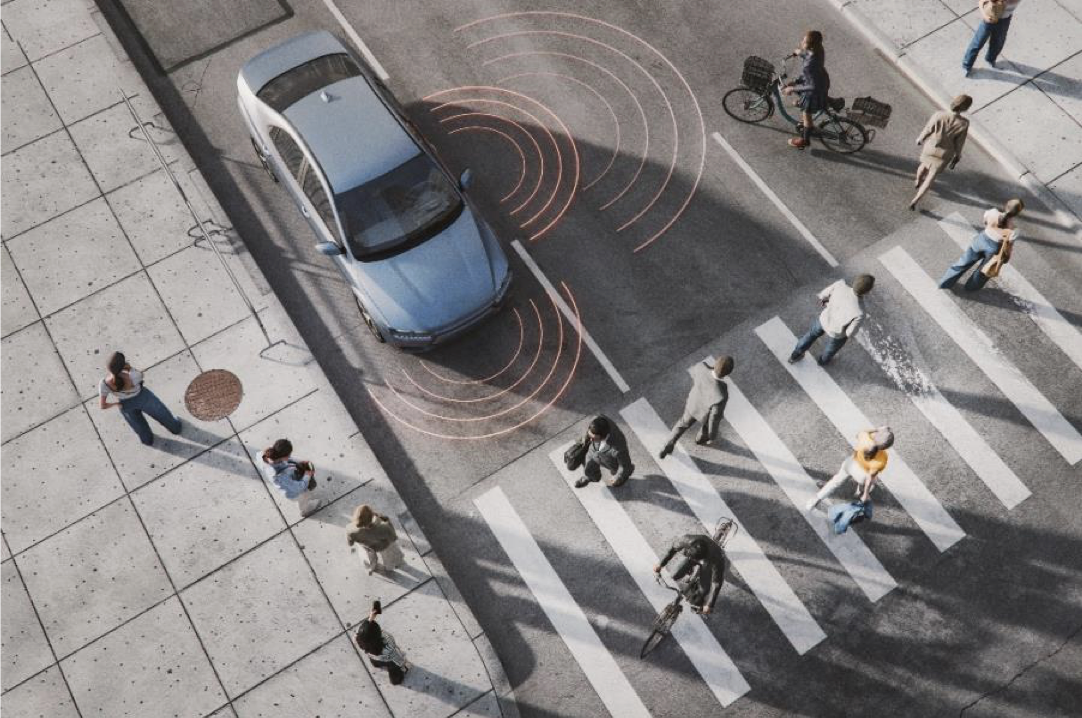Today on the Streetsblog Network, we have a post from Andrew Faulkner, who writes a blog called The Exquisite Struggle in St. Louis. Faulkner writes about how for many people his age (he's 25), living in a walkable neighborhood is a high priority. He has set his life up so that a car is just one of several options he has for getting around.
On a recent snowy morning, skis were his best choice for getting to work -- a mode of transport that caught the attention of a photographer from the St. Louis Post-Dispatch. Faulkner writes:
Andrew Faulkner commuting. (Photo: Dawn Majors, St. Louis Post-Dispatch)
I am a member of the so-called "millennial generation". I can attest that, like myself, the majority of my classmates in
graduate school prioritize urban life, transit accessibility, and
alternatives to driving when looking for places to live. For every few
acquaintances who moved to the Sunbelt, many more moved to a handful of
multimodal connected hotspots such as San Francisco, New York,
Portland, Seattle or Chicago.When I chose to move within Saint Louis, I picked my neighborhood
based on a combination of known bike routes, light rail accessibility,
amenities, price analysis on Zilpy and geographic analysis on WalkScore. As Jamais Cascio writes in the Atlantic,
new web-based technologies "offer the capacity to do something that was
once limited to a hermetic priesthood. Intelligence augmentation
decreases the need for specialization and increases participatory
complexity." This could well be the rallying cry of the millennial
generation. We have unimagined access to data, and we have the tools to
use it to shape our decisions. These developments will result in
increasingly bloodthirsty competition between cities for desired
demographics; conversely the complacent will swiftly decline. …[A]s someone who advocates for access to alternative
transportation methods and tries to minimize my car usage accordingly,
I was pleased to be pictured on page A2 of the St. Louis Post-Dispatch
on January 8th. I was on my way to my part-time job and unable to bicycle due to
four inches of powdery snow on the ground. My next instinct was to
drive, but my car had been parked in. Since I was lucky enough to live
close enough to that place of employment, I grabbed my skis and headed
to work. On the way Ms. Majors spotted me and took a series of
pictures. Soon thereafter I received a letter from Gregory F.X. Daly, the
Saint Louis Collector of Revenue commending for my "dedication to my
employer". While I appreciate his kind gesture, I think that
associating non-automotive transit with extraordinary dedication
indicates a conditioning antithetical with the wide-scale acceptance of
transportation alternatives.
Related: Hub and Spokes posts on transit values and walkability.
Also, be sure to read the editorial about being a woman in the bicycling world posted by Elly Blue on Bike Portland yesterday.





